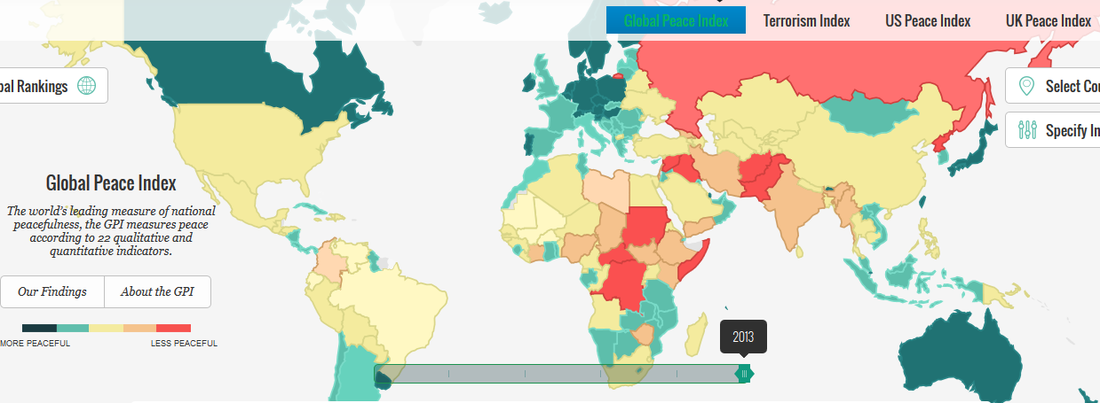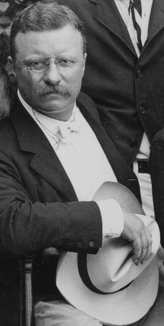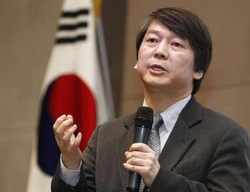I find online a place where others have discussed this “issue”. It’s at a group-blog called “Languaphiles“. Somebody asked if the two phrases have the same meaning. I will extract relevant comments here:
runa27 wrote:
I think “Up” has a connotation in many English dialects of sort of being proactive.You are “up” for anything, “up” for more, “up” for a challenge, etc. You never see the phrase “down for a challenge”, do you? I said this in another comment above, but I think it’s a connotation of eagerness, either perky or defiant or both, compared to the “down for/down with” usage, which is more relaxed. “I’m down for that,” and “I’m up for that”, may technically mean the same thing, but they have a different feel to me. It’s like the difference between saying “okay” and saying “hell yeah!” 😉 Subtle, but there.
I wonder if it’s as much to do with the plosive in “up” as anything else… plosives after all, are one of the more active phonemes! 😉 Also, perhaps there’s a reason I associated the also-plosive-including “perky” and “proactive”, with “up”..
Another commenter has another idea:
k0dama wrote:
I was thinking the “I’m down for it” was a meme-like use of the word “down” as in “Put me down on that list of people who want to do something” or the phrase “hands down” as in “He was hands down the best actor that episode”. The phrase “hands down” means that someone is so obviously the winner that even if they don’t try very hard to win that they will still be the clear winner. http://www.etymonline.com/index.php?term=handI think the “up” in “up for it” i the same up as in the expression “to stand up for someone” up: to show alliance, to be in agreement.
Finally, Runa27 again:
I think “up for” sort of subtly indicates a more proactive willingness – a cheerful, or optimistic or defiant sense to it, really, “up for the challenge”, “up for more”, “up for anything”, etc. To me, saying you’re “down for” something, is simply saying you’ve committed to it, as if they’re sort of rearranging the phrase “you can put me down for…”. I don’t hear that phrasing as often, but when I do hear it, that seems to be the feel.
“Down with” in a positive sense (as opposed to “down with [thing I disagree with!]”) is a LOT more slangy, to my mind. It has a sort of… I don’t even know if it makes sense to describe it this way, but I want to say I associate it with words like “groovy” and “slinky”. Like you’re trying to be cool when you say it… although that’s a bit of a harsh way of putting it I suppose. It’s more… informal, though. It makes me think of partying and vivaciousness. Like you can be “up for a party”, and yet “down with the party” indicates you’ve embraced it and thrown yourself into it already. It’s sort of like… the difference between “Sure, I’ll try it” and “yeah, I’d LOVE to!”. A very slight and subtle difference, but there nonetheless.
In fact, I think I can confidently say that “I’m down with that” is still firmly “urban street slang”, and that anyone who uses it is trying to affect a “ghetto” manner (“keepin’ it real“, as they say). Anyone not interested in “ghetto street cred” using the phrase “down with that” would be doing so purely ironically, is my supposition. Further, “down with that” may be a cousin of “down for that”. “Down for” may have made strides well outside “the ghetto” by now, but in-so-doing has forced a third cousin, the now-far-less-cool “up for that” to run off to the linguistic suburbs.











